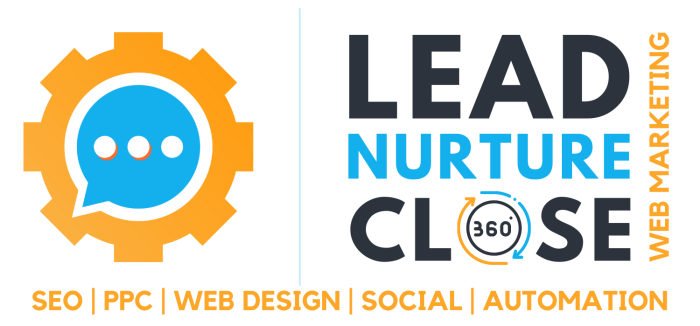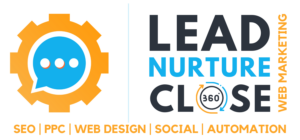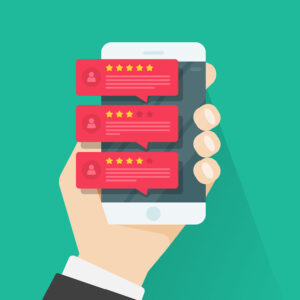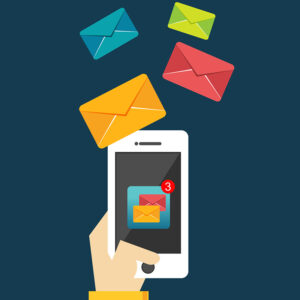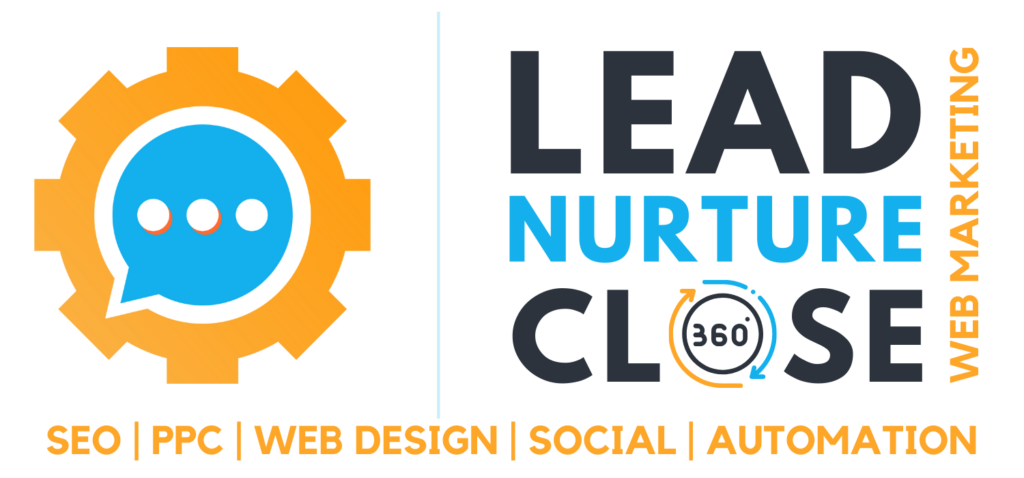Among all types of business emails, welcome emails continue to receive the highest open rates. In a recent study, over 80 percent of people opened a welcome email after it arrived in their inbox (1). This is why businesses should seize this valuable opportunity to engage potential customers.
Unfortunately, many businesses still miss the mark when it comes to their welcome emails, which gives competing businesses the edge. To improve your email marketing results from the outset, steer clear of the following seven welcome email mistakes.
Not Saying Thank You
First, it’s important to get off on the right foot. Thanking subscribers for joining your list is not only good manners, but it also brings a human touch to your email. More importantly, though, saying thank you to subscribers shows you appreciate their time. It’s a small gesture, but many businesses still forget to do it.
Including Too Much Information
In introductory emails, it’s important not to overwhelm subscribers with too much copy or too many images. Welcome emails should be concise, uncluttered, and easy to understand. Instead of talking about your business too much, focus on how you help customers. But keep it brief to hold people’s attention.
According to one study, over half of all marketing emails analyzed contained 300 words or less (2). Another study found that emails with 50 to 125 words typically received the highest response rates of at least 50 percent (3). With people receiving more emails than ever before, it makes sense to keep them short.
For subscribers that want to learn more about your business, include a link to either your About page or another landing page.
Not Setting Transparent Expectations
In the early stages of your relationship with subscribers, it’s important to build trust. One of the simplest ways to do this is by disclosing what kinds of content you’ll be sending in the future, and how frequently subscribers will hear from you.
Will you be sending one email per week? Can subscribers expect to receive special discounts in future emails? Whatever your plans, being transparent from the beginning will encourage more people to read future emails. If there’s any doubt about your intentions, people might simply unsubscribe.
If you can, give new subscribers the option to choose which types of content they receive and how often. For example, provide a link to a landing page on your website where users can set their email preferences.
Failing to Connect on an Emotional Level
If your current welcome emails lack emotional triggers, it’s time for some changes. You need to quickly make subscribers feel that your business is the right fit for them. There are a few ways to do this:
Share your values and vision to establish brand compatibility. For example, explain why you started your business.
Share your personal story or business journey to build empathy. For example, describe how you overcame any challenges.
Provide evidence of your competency to increase consumer confidence. For example, state how many other customers you’ve helped in the last month.
In short, make people understand why you’re the best business to help them. Each one of the above tactics helps readers feel something, which matters a lot when there are so many other brands competing for attention. If you can do all three, even better.
Asking Too Many Questions
You might be tempted to ask your subscribers “what are you struggling with?” or “what do you want to hear about next?” but you should already know what problems many of your customers are facing. Vague questions like these just give the impression that you don’t understand your audience.
Your welcome email isn’t a customer research tool; it’s an introduction to your business, a confirmation of your capabilities, and an opportunity to set your business apart from the competition. It’s not wrong to ask for feedback from your audience, but your welcome email isn’t the best time to do it. Save your questions for further down the line.
Not Offering a Promotion
Because more people tend to open welcome emails, don’t waste the opportunity to engage new subscribers with an offer of some kind. Including a discount code or exclusive offer for new members is a great way to make subscribers feel like they’ve made the right choice. It can also get people talking about your business.
Your Call-to-Action (CTA) Text Isn’t Benefits-Oriented
In a welcome email, the fewer CTAs the better; too many can lead to confusion and inaction. However, if you want to improve conversions, every CTA should emphasize the specific benefits of taking action, whether it’s the text on the button or the text surrounding it.
For example, if you’re offering a discount code, avoid button text like “Get your discount here.” How big is the discount? When will the user get the discount? Be specific to add clarity and urgency. For example, “Get my 15 percent discount today” is much better. Using the word “my” also personalizes the offer.
Wrapping Up
The welcome email is one of the most important emails you’ll send to subscribers. Having gained someone’s email address, you should seize the opportunity to grab their attention, communicate your brand message, and connect with potential customers on a deeper level.
It’s not easy to craft the perfect welcome email; sometimes it requires some trial and error to get it right. However, by avoiding the mistakes outlined here, you should be able to create a more compelling welcome email that stands out from the competition and lays a strong foundation for future email campaigns.
Sources:
- getresponse.com/resources/reports/email-marketing-benchmarks
- blog.aweber.com/email-marketing/2019-email-marketing-statistics.htm
- campaignmonitor.com/blog/email-marketing/2020/02/email-length-best-practices-for-email-marketers-and-email-newbies/
